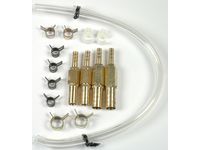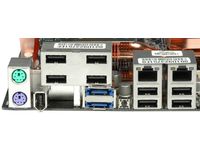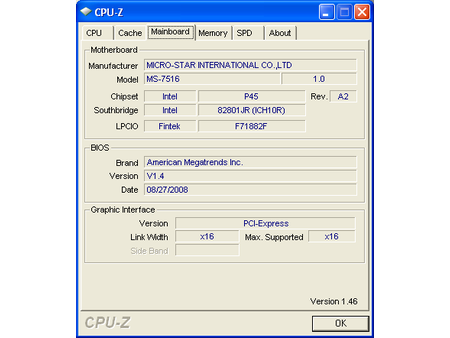Power-Saving Motherboards: Fact Or Fiction?
MSI P45 Diamond
Finally, we test MSI’s P45 Diamond, a high-end motherboard aimed at enthusiasts and overclockers. This unit’s power-saving feature is called Active Phase Switching (APS).
Features Galore, Again
This motherboard offers more features than you’ll probably ever use for everyday work or home use. It’s a DDR3 model that supports speeds up to DDR3-1600. Faster speeds are achieved when overclocking the front side bus. The heat pipe connects the southbridge to the northbridge and four of the six voltage regulators, and it’s ready to work with liquid cooling solutions. All required utilities are included (see image below).
MSI’s back panel holds as many as eight USB 2.0 ports, two Gigabit networking ports, two eSATA ports provided by an additional controller, and a FireWire 1394a connector; the little switch in between is a reset button—be careful with this. Additional conveniently-located hardware switches facilitate tweaking and overclocking.
MSI includes an add-on module called the GreenPower Genie. This must be plugged in between the power supply and the motherboard, to detect the actual total power requirement of the system without the power loss of the power supply. A Sound Blaster X-Fi card using an x1 PCIe interface is also included.
APS Works!
Our power-consumption testing of MSI’s APS provides some welcome surprises. The power savings aren’t huge, but they’re sufficient to make a difference. The APS has six phases, and it uses digital voltage regulators instead of conventional MOSFETs. It also adds or removes phases according to current CPU power requirements. Unlike other solutions, APS works, allowing us to reduce system idle power consumption by more than 8 percent and peak power consumption by more than 6 percent. Other solutions don’t even exceed 3 percent.
Get Tom's Hardware's best news and in-depth reviews, straight to your inbox.
What’s more, thanks to MSI’s DrMOS implementation of voltage regulators and dynamic switching, the P45 Diamond is by far the most energy-efficient motherboard in this review—without introducing any significant disadvantage to the user. It’s an enthusiast-class motherboard with lots of components, and with all the overclocking features you’d typically need, despite the better reputation of brands such as Asus and DFI for hardcore overclocking.

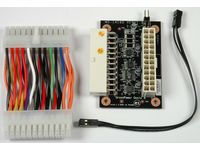
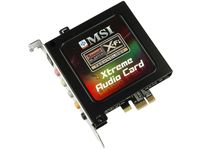
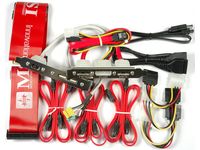
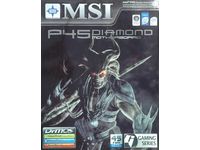
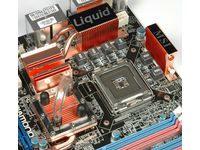

Current page: MSI P45 Diamond
Prev Page Gigabyte GA-EP45-DS3R: DES Power-Saving Next Page Test Setup, SYSmark 2007 Results
